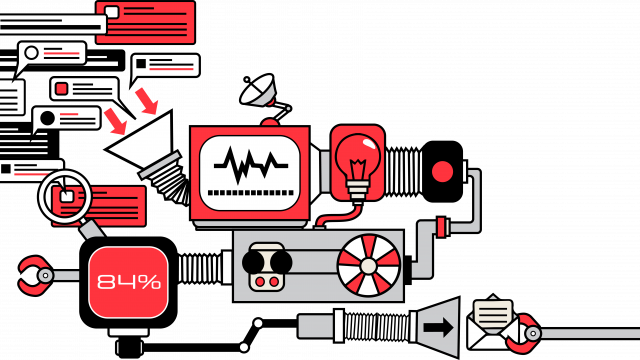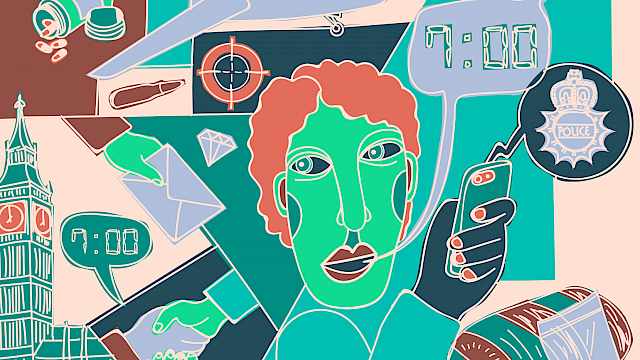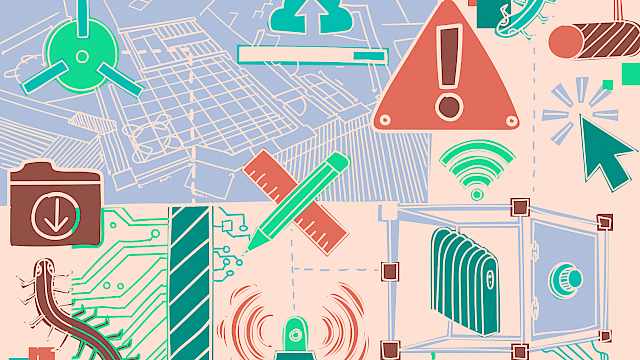The role of the team in the workplace is on the rise, as organisations increasingly acknowledge the importance of teamwork in improving productivity and safe working. This has given rise to numerous theoretical models and frameworks, designed to improve team behaviours and increase performance.
A challenge to many of these existing models is that they have been developed with conventional teams in mind (e.g. business development) and they may not apply to those operating in more extreme environments (e.g. medical emergencies). What happens when we explore teamwork in more pressured, uncertain and challenging environments? Do the well-established aspects of effective teamworking (e.g. communication, leadership) operate in the same manner? How do we go about researching these teams? Can we use existing tried and tested methods, or do we need to be innovative in our approach?
In addressing these questions, my research sought to explore teamwork in extreme environments, whilst identifying the methodological and analytical approaches most suited to research in this setting. By having access to two distinct examples of extreme teams, I’ve been able to offer some insight into what enables effective teamwork in different types of extreme environment. For example, by comparing what factors support teamwork in fast forming, multi-agency teams responding to emergencies vs long-lasting, isolated teams on expeditions.
Immersive simulations with emergency response teams
Emergency response teams are defined in the literature as ‘multi-team systems’. This differentiates them from other crises teams in that they involve the coming together of several different agencies (Police, Fire and Ambulance), who often have little or no familiarity working with colleagues outside of their own organisation. When an emergency happens, teams must form quickly, balancing the goals and priorities of different agencies, while trying to establish effective communication channels across agencies. Despite the introduction of the Joint-Decision-Model to improve inter-agency working in the UK, many challenges continue.
I wanted to explore the communication structures and positive/negative team behaviours during major incident responses. Immersive simulations are an ideal platform from which to do this, accurately recreating the challenges of a major incident, without the risk and ethical difficulties of recording the response to a genuine incident in situ.
My first study involved the strategic response to a simulated terrorist incident at three time-points: incident ongoing, (ii) 48 hours after and (iii) three weeks after. Simulations were audio-recorded so I could identify communication patterns and positive/negative team behaviours.
My results indicated that as the time from the incident increased, communications became more distributed across the agencies, with more team members involved in discussions. Interestingly, we found that this coincided with an increase in positive behaviours, such as joint decision-making and sharing resources across agencies, and a decrease in negative behaviours, like role uncertainties and conflicting priorities. This suggests that in the early stages of a major incident an over-reliance on a small number of agencies (typically the Police) may lead to them becoming overloaded, while other agencies do not get the chance to contribute their expertise until later on in the response. My findings are in line many of the comments and criticisms made following recent terrorist attacks in the UK, suggesting more work is needed to improve interoperability and increase joint decision making in the critical stages of a response.
Researchers have suggested that a key reason for continued challenges to team-working in multi-team responses is the lack of familiarity across different agencies. During my first study, many commanders commented that they felt team processes could have been expedited had team members been more familiar with one another. So, in my next study, I tested this in an experimental setting, collecting similar data as in the first study, but manipulating the level of familiarity in teams.
Familiar teams performed significantly better than unfamiliar teams and ... this was due to differences in communication frequency and structures
Of the 22 teams who took part in the simulation, 11 were recruited from university sports teams and 11 did not know one another at all. Each team member was assigned a specific agency to emulate in the multi-team system (e.g. Police/Fire and Rescue).
The results indicated that familiar teams performed significantly better than unfamiliar teams and that this was due to differences in communication frequency and structures. Whilst it might be difficult to improve familiarity in major incident responders, findings suggest that similar benefits can be obtained by encouraging more open communication across the multi-team system and this may be a more feasible training target.
Piloting a diary methodology to measure cohesion over time in expedition teams
Expedition teams operate in Isolated Confined Environments (ICE), where they face environmental hazards (e.g. weather conditions), psychological issues (e.g. exhaustion) and interpersonal challenges (e.g. a lack of privacy). The defining features of expedition environments can help us understand teams operating in analogous settings, such as special forces personnel or those involved in long-distance spaceflight. Researchers have theorised that cohesion and the composition of the team (e.g. personality traits, values) will be especially important in these contexts, ensuring that team members work to achieve shared goals, whilst maintaining social relationships and managing individual differences.
In my third study, I trialled a diary methodology to explore variation in cohesion in five expedition teams – tracking temporal changes in cohesion and daily events over 20 days. I also used pre- and post-expedition questionnaires to explore the impact of personality traits on cohesion.
My findings demonstrated that certain events significantly predicted changes in cohesion. Most notably, individual satisfaction with the progress of the expedition and coping with challenges led to team members perceiving increases in team cohesion. Reported problems with physical health, on the other hand, led to a reduction in cohesion. The only personality trait to significantly predict changes in cohesion over time was extraversion, with more extraverted team members having a negative impact on the development of cohesion. Generating a better understanding of how cohesion emerges over time can enhance understanding of how to mitigate breakdowns in cohesion.
Conclusion
My research contributes towards the growing understanding of teams in extreme environments, providing practical recommendations whilst also adding to wider theoretical knowledge. For people working in security-relevant, challenging contexts, it helps to design evidence-based strategies to promote team-working and performance.
Copyright Information
As part of CREST’s commitment to open access research, this text is available under a Creative Commons BY-NC-SA 4.0 licence. Please refer to our Copyright page for full details.
IMAGE CREDITS: Copyright ©2024 R. Stevens / CREST (CC BY-SA 4.0)






